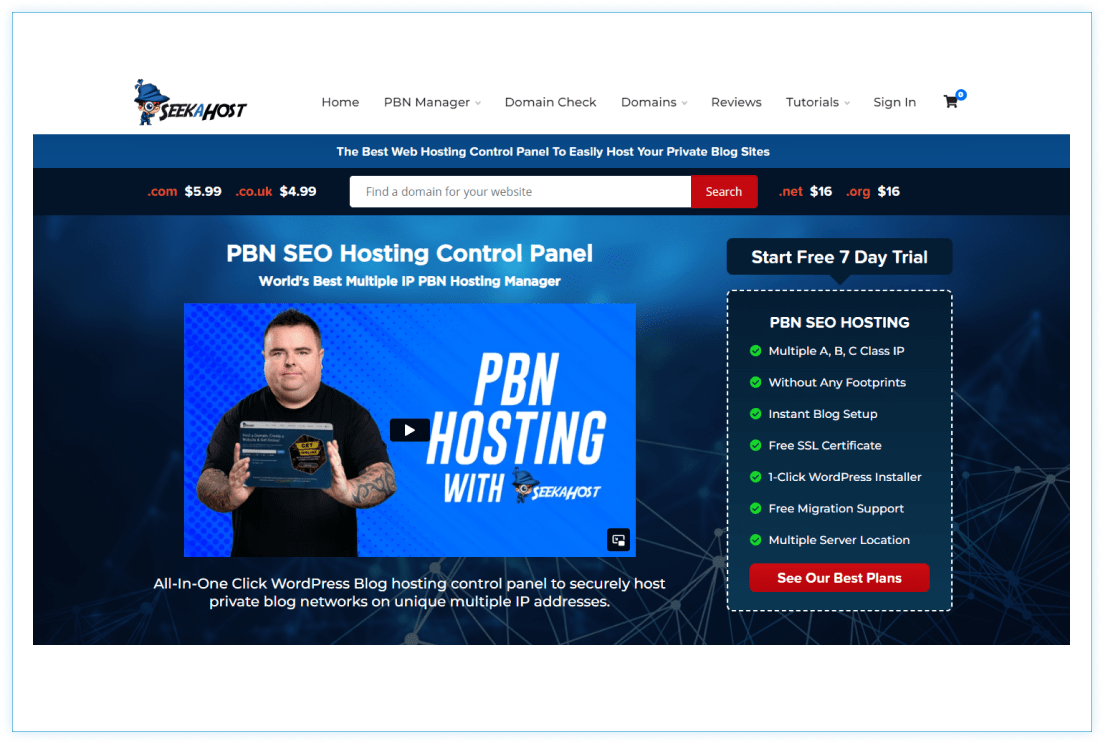
In the ever-evolving realm of SEO, website structure plays a crucial role in determining how search engines perceive and rank your content. When it comes to organizing your site’s content, the debate between using subdomains and subdirectories is a common dilemma.
While Google has stated that it is fine with using either subdomains or subdirectories, many SEO experts believe that using subdirectories to organize content is better for SEO.
In this article, we will share our expert view on the differences between the two and help you make an informed decision based on your specific needs.
Key Takeaways
- A subdomain is a distinct section of a website that exists as a separate entity, typically identified by a prefix before the root domain (e.g., “blog.example.com”).
- A subdirectory is a folder or directory located within the main domain (e.g., “example.com/blog”).
- Search engines consider a subdomain independently of the main domain, while content within subdirectories is viewed as a part of it, making it easier for search engines to crawl and index.
- While subdirectories are generally considered to provide a better user experience, ranking, and SEO results, subdomains can be useful for specific use cases.
What Is a Subdomain?
A subdomain is a way to create distinct sections of a website, allowing for better organization and management of content and services without the need for separate domain names.
Subdomains are created by adding a prefix to a domain name.
For example, if a domain offers an online store as part of its website, “example.com,” it might use the subdomain “shop.example.com.”
More about subdomains you can find in our article: https://quirk.biz/what-is-a-subdomain/
What Is a Subdirectory?
A subdirectory, also known as a subfolder, is a directory that is located within the main domain. In the context of a website’s URL structure, a subdirectory is a part of the website’s main domain and is used to organize and categorize content.
For example, “example.com/blog.” In this case, “blog” is a subdirectory of the main domain “example.com.”
What is Subdomain vs. Subdirectory Debate
One of the key concerns expressed by SEOs against the use of subdomains is the perception that search engines, particularly Google, treat subdomains as separate entities rather than integral parts of the same website.
In other words, search engines consider a subdomain independently of the main domain, while content within subdirectories is viewed as a part of it, making it easier for search engines to crawl and index.
According to John Mueller, a Senior Webmaster Trends Analyst at Google, the question of subdomain vs. subdirectory is irrelevant to Google’s search algorithms. His point is that search bots process them the same way.
This sentiment provoked a serious controversy within SEO communities, as certain case studies seemed to challenge Google’s claim that it treats subdomains and subdirectories identically.
Keep in mind that Google has gotten better at understanding different parts of a website. Even though they treat subdomains separately, they can still connect them to the main website.
If you link your subdomains properly within your site, Google can see that they all belong together. This helps Google’s bots crawl through all your pages, including those on subdomains, and share the website’s “power” equally.
So, the idea that subdomains are bad for SEO is not true. If you use them the right way, subdomains can actually be good for your website’s SEO performance.
You can check out the video from John Mueller:
Subdomain or Subdirectory: Which One You’ll Choose?
The decision between using a subdomain or a subdirectory is a crucial one that can significantly impact the structure and performance of your website. Both options have advantages and considerations, so choosing the right approach depends on your specific goals and the nature of your content.
When You Should Use a Subdomain
Using a subdomain can be helpful in different situations.
Here are some times when it might be a good choice:
- Distinct Content: Subdomains are often used when there is content distinct from the rest of the site, such as a blog or an e-commerce section of a website. They allow for separating different functions or services into distinct subdomains, making it easier for visitors to navigate and find the content they’re interested in.
- Separate Servers and Software: Subdomains can be used if a site has an international audience. Separate subdomains allow for variations in content and language specific to the geographic region, all under the umbrella of the main site.
- Technical Reasons: Developers may find it easier to create a new database for a subdomain and treat that section like an independent website, keeping all database and CMS files completely separate from the rest of the main site. This can be beneficial for hosting a staging version of a website or using different layout templates and technologies without affecting the main site.
- Branding and Authority: Subdomains can be used for branding purposes, such as hosting support sections or organizing and branding a section of the site away from the rest of the main site. They can help grow authority in niche markets and isolate content within their website while still being within the brand of the main site.
When You Should Use a Subdirectory
Here’s when using a subdirectory might be more useful:
- Subdirectories are suitable for smaller websites with less varied content, providing a better user experience, ranking, and SEO results for most organizations and businesses.
- They are beneficial for organizing content within a predefined folder structure, making it easier to categorize data on your hard drive
- Subdirectories are a great choice to simplify website setup and maintenance. They don’t need additional technical configurations the way subdomains do.
Conclusion
The subdomain vs. subdirectory debate is ongoing, with SEOs often favoring subdirectories for better user experience and SEO results, while Google maintains that either structure is acceptable.
Whether to use a subdomain or subdirectory for SEO depends on your website’s needs. While subdirectories are generally considered to provide a better user experience, ranking, and SEO results, subdomains can be useful for specific use cases.
Choose based on your goals and content strategy, and regularly review performance for optimal results.























